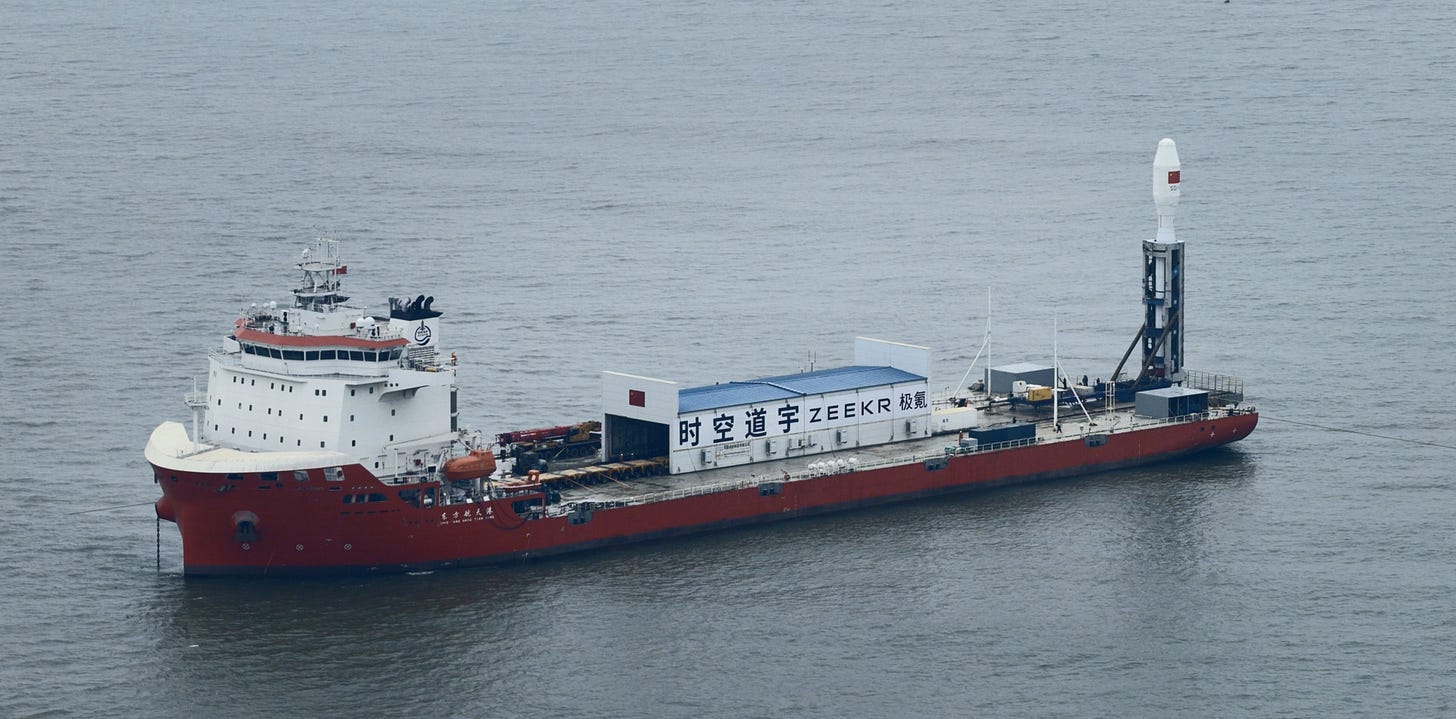Geespace Launches Largest Future Mobility Group [Jielong-3 Y8]
A third sea launch in a row delivered the automaker’s sixth batch of satellites.
At 15:56 pm China Standard Time (07:56 am Universal Coordinated Time) on September 24th, a Jielong-3 blasted off from a sea-launch platform in waters near Rizhao (日照市), in Shandong province (山东), heading for low Earth orbit with a group of satellites.
Heading into orbit atop of Jielong-3 yet again were satellites from Geespace for the Geely Future Mobility Constellation’s sixth group, consisting of 12 satellites (the largest to date) to bring it up to 64 total spacecraft. Each satellite is believed to weigh about 130 kilograms while generating electric power from two solar arrays. Electric propulsion systems are also onboard the spacecraft for raising into operational orbits or for trialing complicated maneuvers.
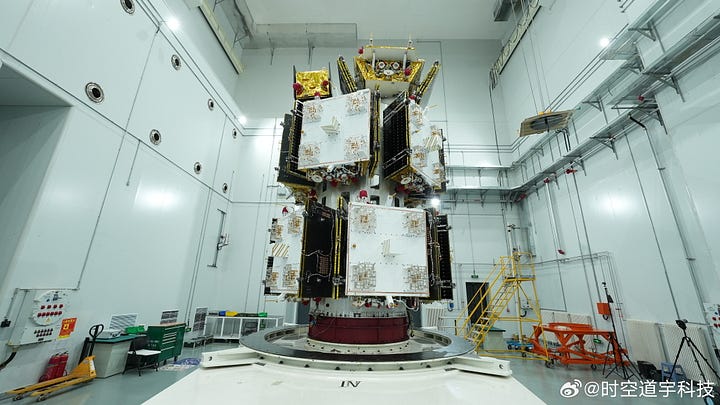
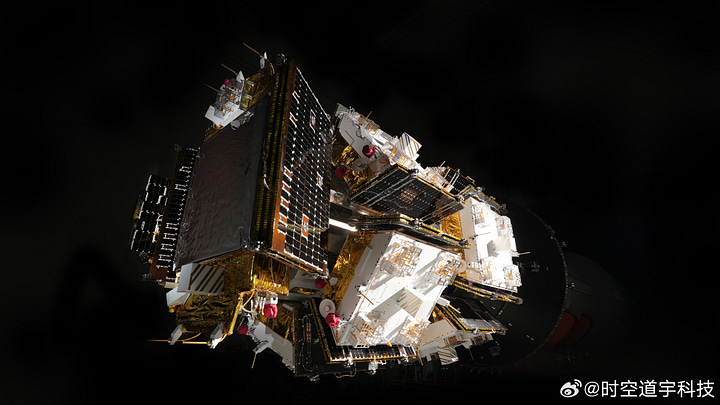
The Geely Future Mobility Constellation is backed by Chinese automaker Geely, with the wholly-owned subsidiary Geespace developing spacecraft and managing the constellation. With its numerous existing and planned satellites, it is set to provide communication, connectivity, and positioning services worldwide, with an accuracy at a centimeter level.
Geespace is deploying its constellation in three phases. Phase one (2022-2025) will involve the deployment of 72 satellites into orbit (although Geespace says group six completes phase one). Phase two will add an additional 264 satellites, and phase three will add another 5,676 satellites. In total, 6,012 satellites are planned to be deployed. Once phases two and three of satellite deployment are completed, services will be expanded to include connectivity to mobile phones and satellite internet.
One of the satellites in the sixth group is also acting as a test satellite, dubbed Peking University Spacetime Star 01 Test Satellite (北大时空星01试验星), for verifying complex satellite-to-satellite and multi-user technology.
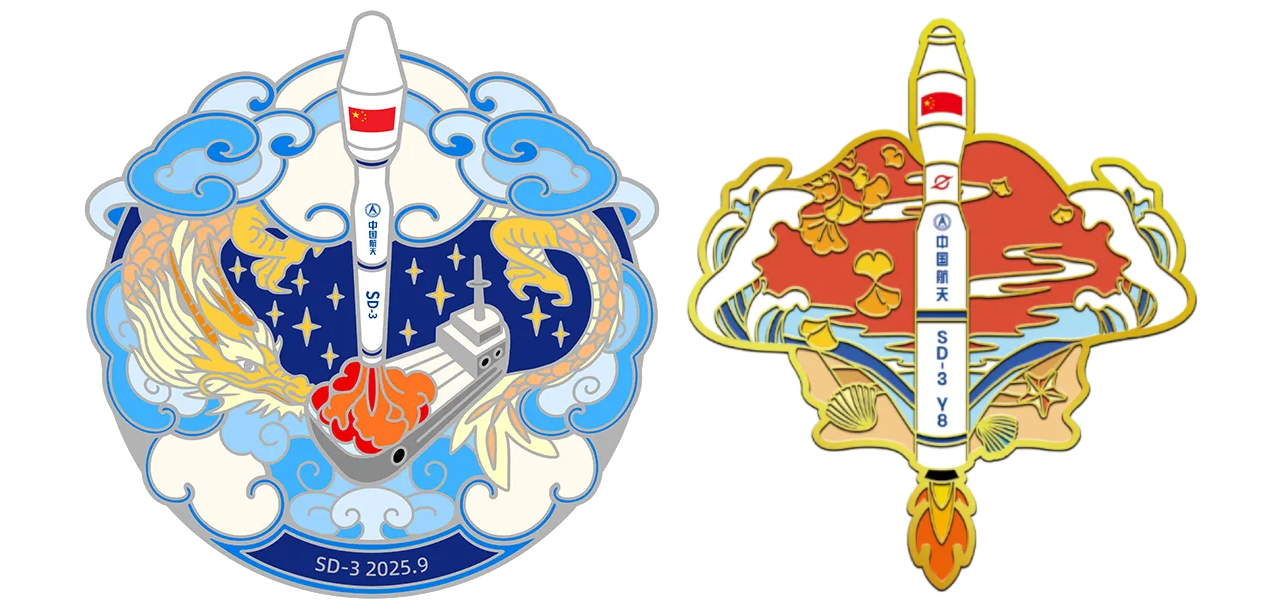
Today’s launch was the third of three back-to-back-to-back launches for Geespace by China Rocket (中国火箭), a commercial subsidiary of the China Academy of Launch Vehicle Technology. It was also just sixteen days after the prior Jielong-3 launch mission, while being just under seven weeks after the first of the three.
To meet the increased launch cadence, the China Academy of Launch Vehicle Technology says that Jielong-3 rockets are being prepared in parallel while implementing optimizations to assembly and preparation processes. After the previous launch, it was reported that dedicated teams are assigned to each mission, with them rotating between the factory and launch site.
This launch was the 8th mission for the Jielong-3 launch vehicle. This was also the 57th launch from China in 2025.
Liftoff video via SpaceLens云上天镜 and 时空道宇科技 on Weibo.
Check out the previous Jielong-3 launch
Geely's Constellation Continues Rapid Deployment [Jielong-3 Y7]
Off a sea-launch platform in waters near Rizhao (日照市), in Shandong province (山东), a Jielong-3 blasted off at 03:48 am China Standard Time on September 9th (19:48 pm Universal Coordinated Time on September 8th) heading into a 600-kilometer 50-degree low Earth orbit. This launch o…
What is Jielong-3?
This section is for those less familiar with China’s various commercial launch vehicles.
Jielong-3, also referred to as Smart Dragon-3, is a four-stage solid-fueled launch vehicle manufactured by the China Academy of Launch Vehicle Technology. The vehicle is operated commercially via a wholly-owned subsidiary of the China Academy of Launch Vehicle Technology called China Rocket. All four stages are believed to burn an unspecified solid propellant, with the first-stage generating 200 tons of thrust.
The payload capacity of the launch vehicle is currently as follows:
1,600 kilograms to a 500-kilometer sun-synchronus orbit.
On a launch platform, Jielong-3 is believed to be 31 meters tall. Details about the four stages of the vehicle are scarce but the first two stages have a diameter of 2.64 meters, with the fairing having a diameter of 3.35 meters. When prepared for launch Jielong-3 weighs a believed 145,000 kilograms.
So far Jielong-3 has flown from sea launch platforms in the East China Sea, South China Sea, and Yellow Sea.
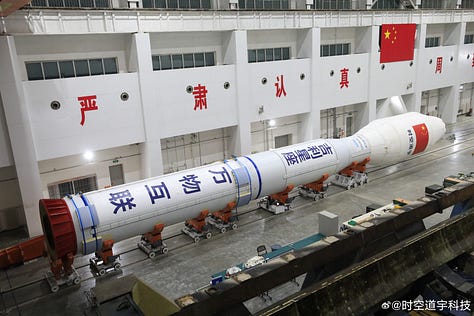
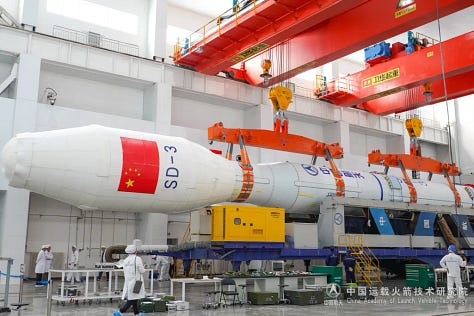


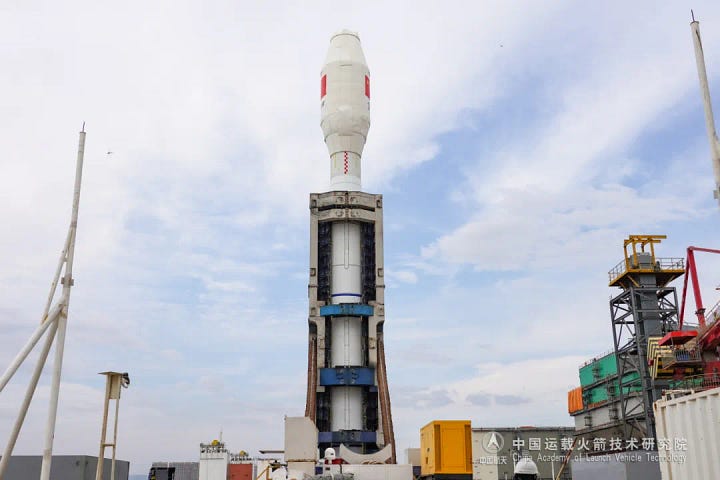



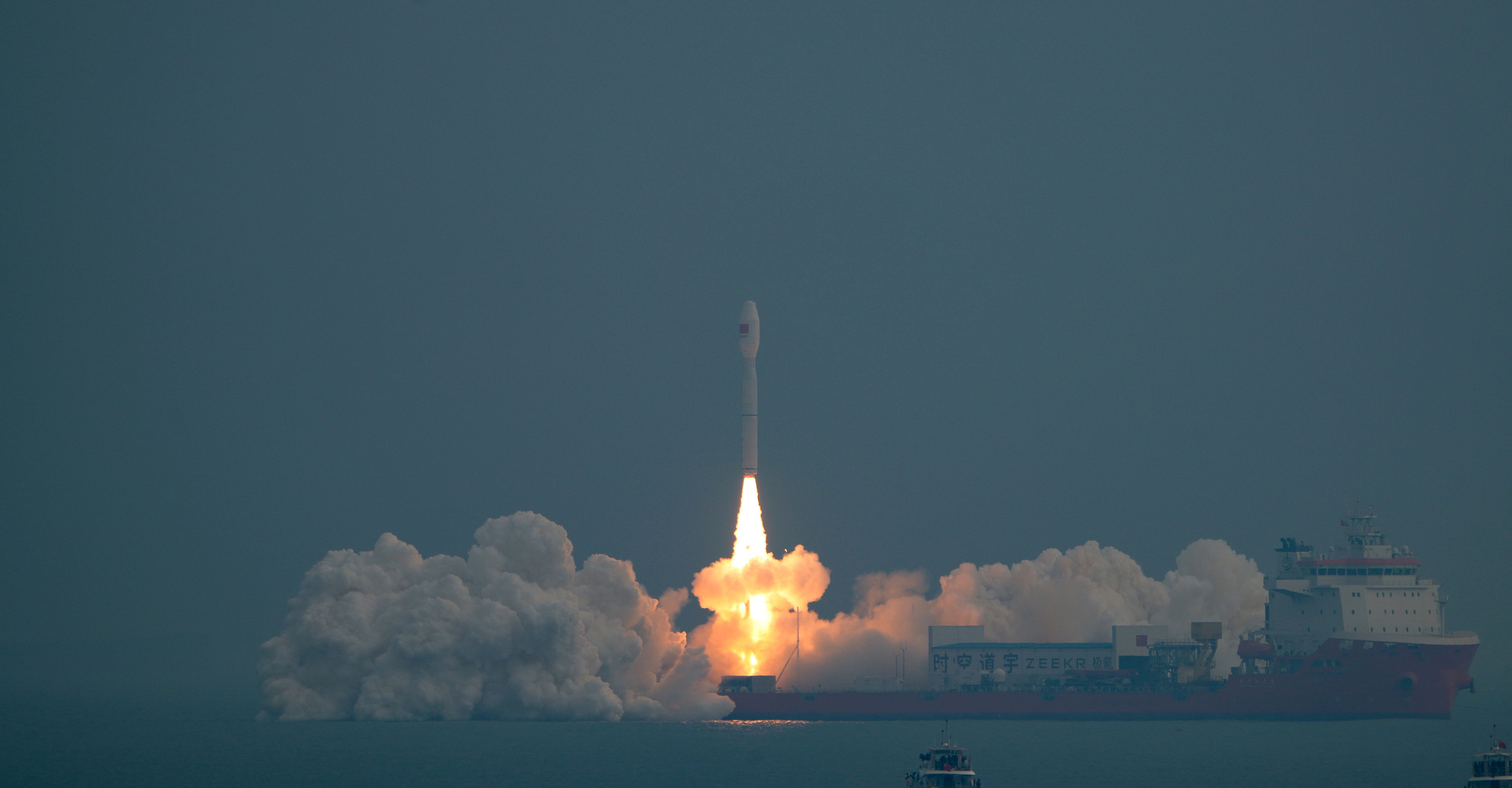
![Geely's Constellation Continues Rapid Deployment [Jielong-3 Y7]](https://substackcdn.com/image/fetch/$s_!R9Jy!,w_1300,h_650,c_fill,f_auto,q_auto:good,fl_progressive:steep,g_auto/https%3A%2F%2Fsubstack-post-media.s3.amazonaws.com%2Fpublic%2Fimages%2F339de390-894e-4d97-8e5b-c6d0558795fe_2000x1121.jpeg)
